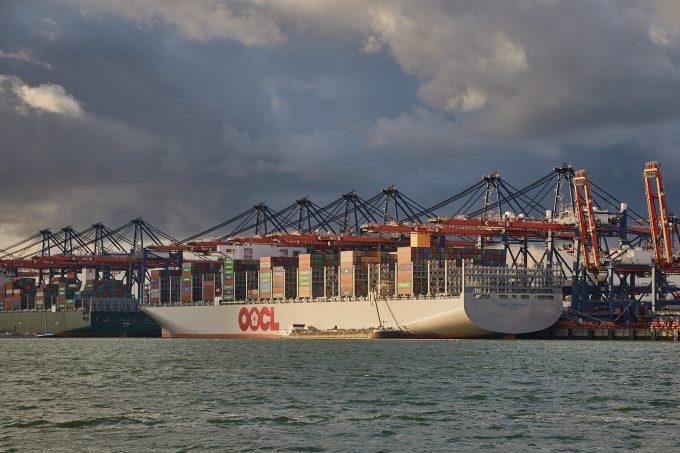OOCL Q2 25 update: more volume carried, but revenues decline
Cosco-owned OOCL today reported second-quarter volume and revenue figures which appear to show the Hong ...

The first evidence of the depth of the liner shipping freight rate correction comes with the Q1 operational numbers for OOCL, which revealed a 58% year-on-year slump in the carrier’s revenue.
Several weeks ahead of the financial earnings season publications from the other major carriers, OOCL’s ...

Comment on this article